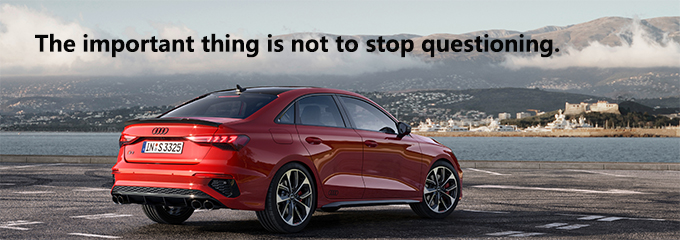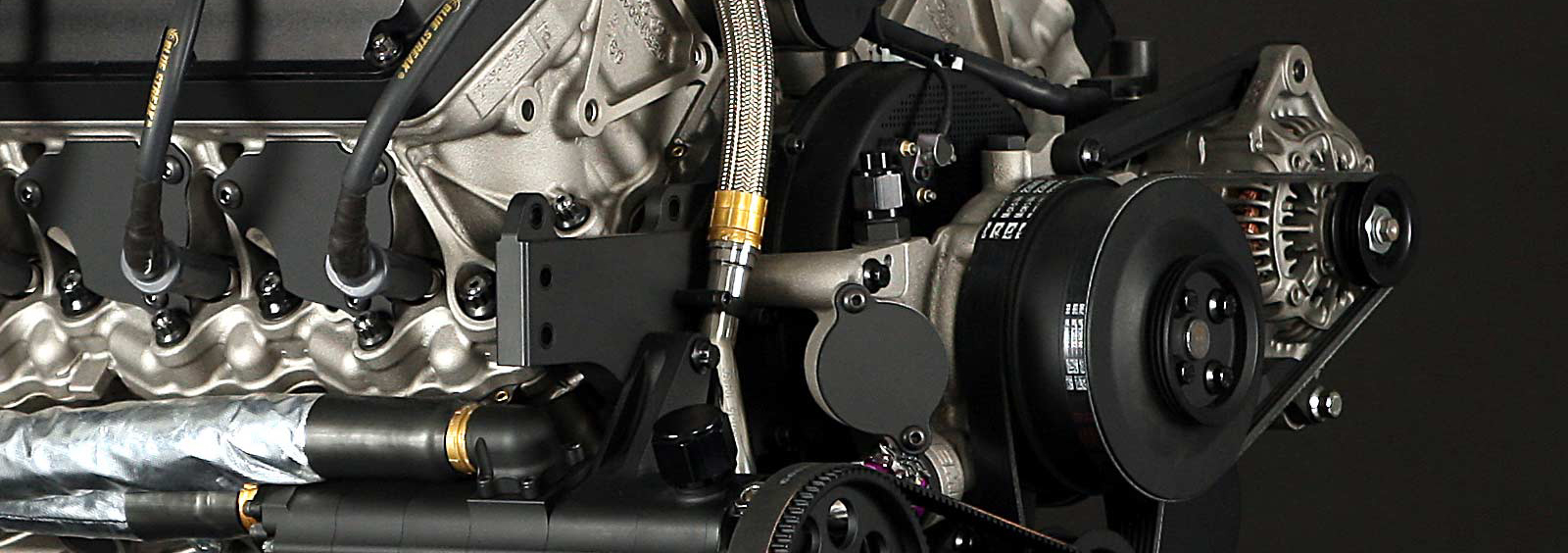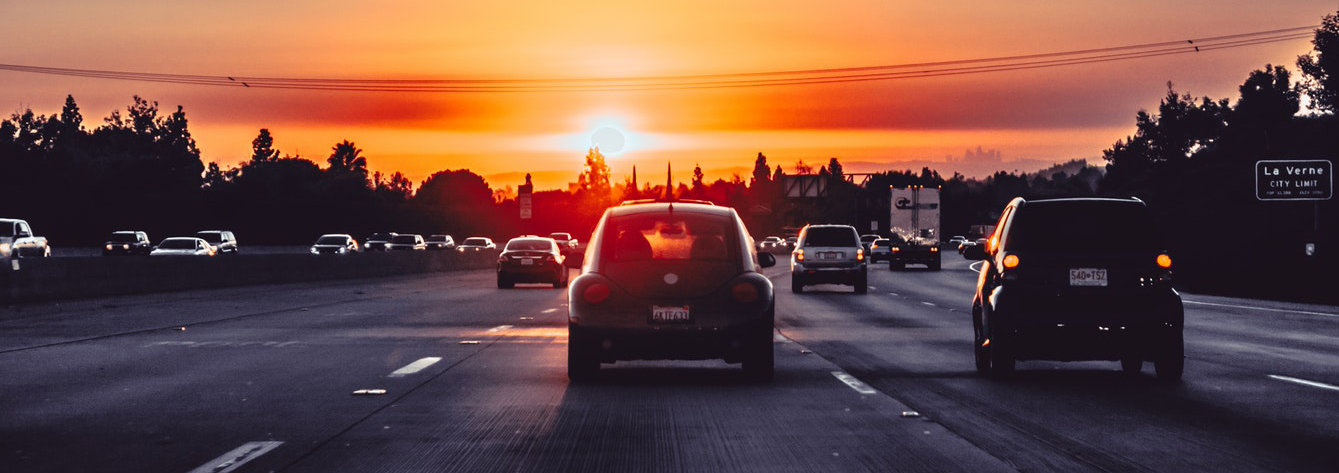
Car owners know that we turn the key to start the car and turn the key back to stop the car. But why can a vehicle start, and why can it stall? Let's talk about the whole process of starting and stalling. It looks very simple, but in fact, the working principle is very complex.
Engines are divided into petrol and diesel engines. These two types work on different principles. They have different operating processes for starting and stalling.
Let's start with the petrol engine. There are three elements that make a petrol engine work properly: petrol, air and a source of ignition (spark plugs).
When all three elements are prepared, the engine runs properly as long as they are synchronized. The right amount of petrol is mixed with the right amount of air.
The air-fuel mixture enters the cylinder. Next, the spark plug works at the right time. If one of these three elements is missing, the engine will stall.
Nowadays, petrol engines are electronically controlled with fuel injection. When we turn the key to the "ON" position, the battery supplies power to the engine control unit, which starts a self-test to check whether the sensor signals are normal. The corresponding fault light is illuminated. At this time, power is supplied to the ignition and fuel systems.
The fuel pump starts to work in advance to keep the fuel system at a certain pressure. When the self-test is over, the fault lights will be off one after another if the system is normal, and the engine is ready to start.
When we turn the key to the "start" position, the starter runs and rotates the engine crankshaft. At the same time, the fuel injector starts to inject fuel. The fuel mixes with the air in the intake manifold to form a combustible mixture.
The piston, driven by the crankshaft, moves up and down in the cylinder, generating a certain vacuum suction to draw the combustible mixture into the cylinder and compress it.
When the piston runs near the top dead center, the spark plug starts to work, and the air-fuel mixture starts to burn violently, generating high temperature and pressure gases that push the piston downwards. The crankshaft is then driven to rotate at high speed.
This is how the engine power is generated. The combusted exhaust gas then exits the engine. The cycle of this intake - compression - work - exhaust is repeated over and over again.
This cycle is repeated, and the engine is started without any problems. We then release our hand, and the key returns to "ON" by spring action, the starter stops running, and the engine is kept running by its own inertia.

So how does a petrol engine turn off? When we turn the key from "ON" to "OFF", most of the electrical equipment in the car is de-energized. The ignition system and fuel system are also de-energized after the electronic control unit has stopped supplying electricity.
At this moment, the fuel pump stops working. The injectors stop spraying fuel, and the spark plugs stop working. The engine no longer generates power. The engine then quickly stops running under the internal friction. This is the whole process of a petrol engine stalling.
On early carburetted petrol engines, there was an interesting situation where the engine would not stall but still run when the ignition switch was turned off - how did this happen?
This phenomenon is called "surface ignition". After the ignition switch is turned off, although the spark plug is no longer working, there is carbon inside the combustion chamber. The carbon forms a hot flame center, which can replace the spark plug to ignite.
The carburetor-type petrol engine does not cut off the supply of petrol after a power failure. As long as the engine is running, it will supply petrol. This will still form a combustible mixture and enter the cylinder for combustion. The engine will continue to run.
However, this combustion is uncontrollable. The engine runs unevenly, shakes badly and even spins in the opposite direction.
"Surface ignition" is one of the abnormal combustion methods of petrol engines. It should be avoided as much as possible. In this case, the engine needs to be dismantled to clean out the carbon deposits.
The diesel engine differs from the petrol engine. It is the type of compression ignition, so there is no ignition system. The early mechanically pumped diesel engine also did not have an electric control system, so it worked with just diesel and air.
Moreover, diesel fuel is injected at high pressure directly into the combustion chamber and then mixed with air. To make the diesel engine stop working, it is OK to cut off the diesel fuel supply.

When we turn the key to the "ON" position on a diesel car, it only supplies power to the car's ancillary electrical equipment. There is almost no electrical equipment on the engine.
Some models have a flameout solenoid valve which opens when energized, leaving the injection pump in the start position. For electronically controlled diesel injection systems, the sensors are energized to self-test at this point. The system is ready to inject fuel.
When we turn the key to the "Start" position, the starter motor works with electricity and rotates the engine crankshaft. The crankshaft drives the engine piston up and down at high speed, creating a certain vacuum suction that draws a large amount of air into the engine.
At the same time, the crankshaft also drives the injection pump. It generates high-pressure oil, which enters the injector through the high-pressure fuel pipe and opens the needle valve of the injector, spraying high-pressure diesel into the combustion chamber.
When the diesel fuel meets the compressed high temperature and high-pressure air, it ignites and burns on its own, producing high temperature and high-pressure air that push the piston downwards and drives the crankshaft to rotate at high speed, thus generating the engine power.
The exhaust gases are then exhausted from the engine, and the cycle of intake - compression - work - exhaust is repeated. This process goes on, and the engine starts smoothly.
Next, we release our hand and the key returns to "ON" by spring action, the starter is de-energized, and the engine is kept running by its own inertia.
In the case of an electronically controlled diesel injection system with a common rail, the high-pressure oil produced by the injection pump goes into a common rail which is then connected to the injectors via a high-pressure fuel pipe.
When fuel injection is required, the solenoid valve in the upper part of the injector is energized to open. The high-pressure diesel fuel enters the injector and opens the needle valve, spraying the high-pressure diesel fuel into the combustion chamber to mix with the air.
This allows for more precise control of the injection volume and timing as well as the injection process, allowing the diesel fuel to be burned more fully for maximum energy and power.

When we turn the key from "ON" to "OFF", the solenoid valve on top of the injector will be de-energized. The injector can't be opened. The diesel won't enter the combustion chamber.
If it is an ordinary mechanical pump, there is a flameout valve on the injection pump. This valve can be controlled by electricity. It can also be controlled by pulling the wire.
The injection pump in the fuel supply rack no longer produces high-pressure diesel to stop the supply position. It can not supply diesel to the combustion chamber. The engine will be stalled.
These are the processes and principles of starting and stopping an engine. These processes are incredibly complex. It may require several parts to act simultaneously in the daily driving.
Starting the vehicle is also influenced by many factors such as engine speed, spark plug ignition energy, injection pressure and volume, throttle, engine carbon and the electronic control system.
Therefore, the hard starting can be a trouble. We need to seek help from the mechanics and give them enough time and patience when we encounter such a problem.
● Look in the rear view mirror before braking
Look at the distance of the car behind you before braking. If it is too close, and you still have some distance between you and the vehicle in front of you, let off the brakes a little to avoid rear-end collisions.
● Handle the footbrake
Tap the footbrake before speeding up. Tap the footbrake when driving for a long time. Tap the footbrake before going downhill. Tap the footbrake before approaching road junctions.
Keep track of the footbrake at all times. Once you find an abnormality, use the gear reduction and handbrake to slow down and stop immediately.
Whether your car has ABS, learn to 'spot brake'. Keep your eyes open, estimate your braking distance and slow down in advance.

Be sure to have the sense to estimate the situation in advance. Once the brakes are applied one foot at a time, it is easy to cause the vehicle to go sideways and roll.
Also, always slow down before downshifting. Deal with the situation first before minding the gears. New drivers are most likely to make mistakes on this issue.
 Lauritz Carolsfeld
Lauritz Carolsfeld  April 29, 2022
April 29, 2022